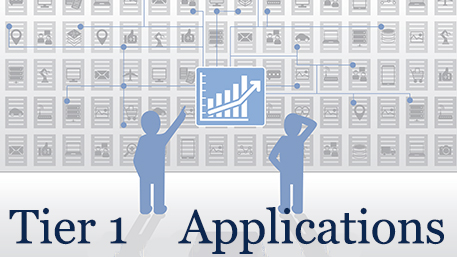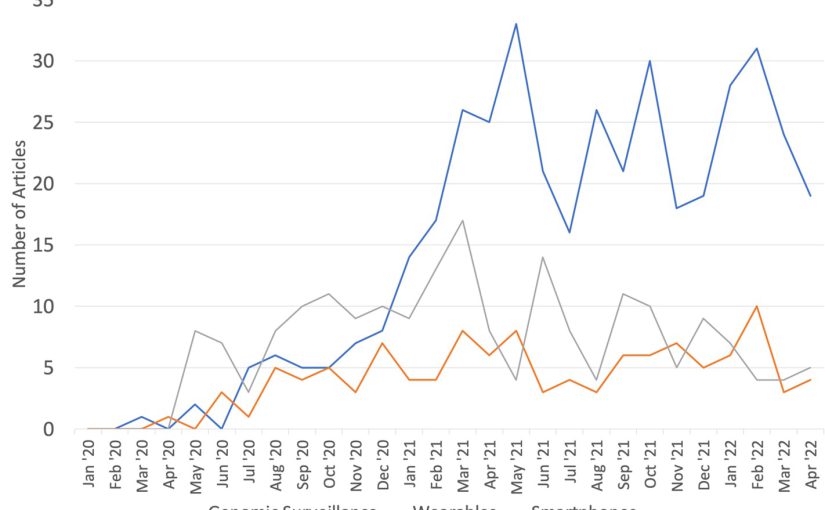Search Results
10 results for population screening
The Use of Cell-free DNA in Clinical Practice: Work in Progress

A recent review outlines the use of circulating tumor DNA (ctDNA) in clinical practice and the requirements necessary to extend the use of this technology for health impact. Cell-free DNA (cfDNA) is extracellular strands of DNA present in body fluids. Circulating tumor DNA (ctDNA) is a specific type of cfDNA that originates from a primary tumor, circulating
Posted on byPreeclampsia, Genomics and Public Health

A recent study identified a cell free RNA (cfRNA) signature that was promising in predicting pre-eclampsia several weeks before the onset of symptoms. At 29 weeks pregnant, Erica was diagnosed with preeclampsia, a pregnancy complication marked by high blood pressure and signs of organ failure, most often liver or kidney damage. According to the Mayo
Posted on by 3 CommentsTrends in Tier 1 Genomic Applications 2013-2022

The CDC Tier 1 genomic applications database can help consumers, providers, health care organizations and public health programs accelerate the translation of genomic discoveries into improved population health. Background Advances in genomics and precision medicine are proceeding at a rapid pace. Many genomic tests have reached clinical practice without clear indication as to whether their
Posted on byMeasuring Lipoprotein(a) in Clinical Practice to Reduce the Burden of Cardiovascular Disease? Still Work in Progress.

A recent review suggested that the use of lipoprotein (Lp) (a) measurement in clinical practice may have clinical and economic benefits for patients, healthcare systems, and society as a whole. However, widespread adoption of Lp(a) measurement in the general population has been hindered by limited treatment options targeting Lp(a) reduction. Cardiovascular disease (CVD) remains the
Posted on by 3 CommentsPrecision Health Innovations in the Pandemic Era

Two recent articles, one in Nature Medicine and another in Nature Biotechnology, highlight areas of health innovation that have been accelerated by the COVID-19 pandemic. This blog post focuses on two precision health applications of technology—(1) genomics and (2) wearable devices and smartphone apps—that are likely to have a lasting impact beyond the pandemic. Increased
Posted on byPolygenic Risk Scores in Clinical Practice? Still Making the Case

Two recent systematic reviews show the lack of data on clinical utility of polygenic risk scores and major challenges in implementation. The Promise of Polygenic Risk Scores in Population Health Many common diseases such as cancer, diabetes, and heart disease, result from the combination of genetic factors and physical and social environmental factors. Genome-wide association
Posted on byUsing Implementation Science Frameworks in Genomics and Precision Medicine: We Can Do Better!

A recent scoping review identified many structured approaches to the implementation of genomics and precision medicine and limited use of implementation science frameworks. With continuous advances in genomics and accelerated translation from discovery into clinical practice, in our blog posts, we have repeatedly examined the crucial importance and emerging role of implementation science in the
Posted on byRare Disease Day 2022: The Evolving Impact of Genomics and Precision Health

In celebration of Rare Disease Day 2022, we reprint excerpts of four previous blogs. Rare Diseases, Genomics and Public Health: An Expanding Intersection (February 17, 2016) Rare Disease Day is celebrated on the last day of February each year. On that day, millions of patients and their families around the world share their stories in order
Posted on byPrecision Public Health in Action: New CDC Pilot Projects Integrate Human Genomics into Public Health Surveillance and Applied Research

In collaboration with the CDC Office of Advanced Molecular Detection, we recently launched a new, five-year initiative to strengthen public health capacity by introducing elements of human genomics into both public health surveillance and applied research. We report here on the successful launch of one of the initiative’s components. The Office of Genomics and Precision Public
Posted on byEquitable Implementation of Cascade Testing for Genetic Disorders: Where are We?

Testing relatives of individuals with genetic disorders, a process known as cascade testing or cascade screening, is critical for identifying those needing health services that can prevent morbidity and mortality. Yet, cascade testing is poorly implemented in clinical practice. For example, there are several genetic conditions with CDC tier 1 evidence-based recommendations for cascade testing,
Posted on by